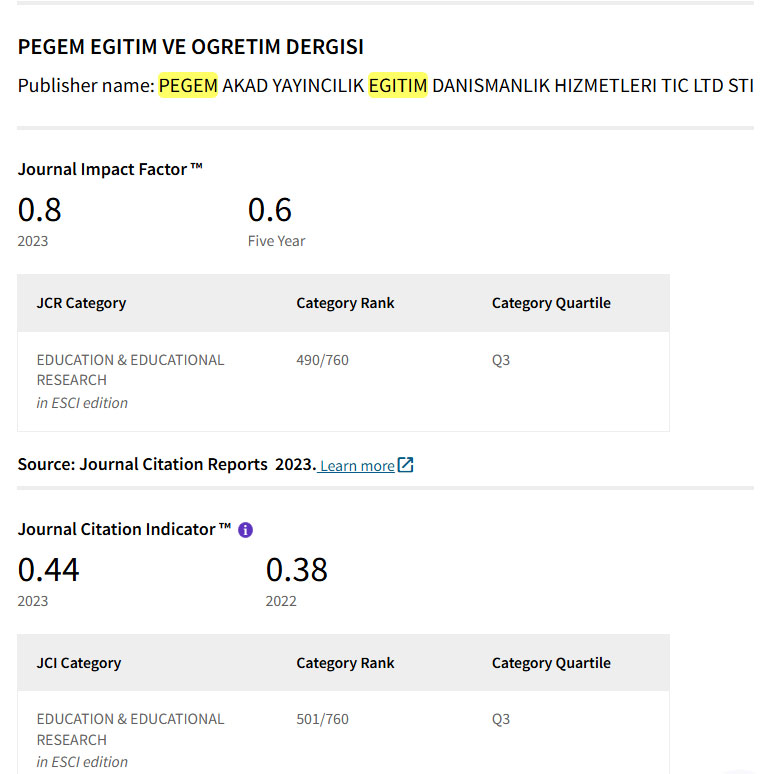PAAFDA: Inclusive Data Fudging Detection Algorithm
Keywords:
.Abstract
Modern technology has elevated data and its analysis from the status of scattered spreadsheet values and characteristics to that of a tool to revolutionize any major industry. It is critical to create a reliable system that can detect and properly highlight all instances of corrupted data in the dataset, as data fudging may originate from many different unethical and unlawful sources. A difficult challenge is the detection of damaged data and the recovery of data from a corrupted dataset. Unless this is handled early on, it could cause issues when processing data using machine or deep learning techniques later on.
Downloads
References
E. Burgdorf, Predicting the impact of data fudging on the operation of cyber physical systems. 2017. [2] V. Chandola, A. Banerjee, and V. Kumar, “Anomaly detection: A survey,” ACM computing surveys (CSUR), vol. 41, no. 3, pp. 1–58, 2009.
Downloads
Published
How to Cite
Issue
Section
License

This work is licensed under a Creative Commons Attribution-NonCommercial 4.0 International License.
Attribution — You must give appropriate credit, provide a link to the license, and indicate if changes were made. You may do so in any reasonable manner, but not in any way that suggests the licensor endorses you or your use.
NonCommercial — You may not use the material for commercial purposes.
No additional restrictions — You may not apply legal terms or technological measures that legally restrict others from doing anything the license permits.



